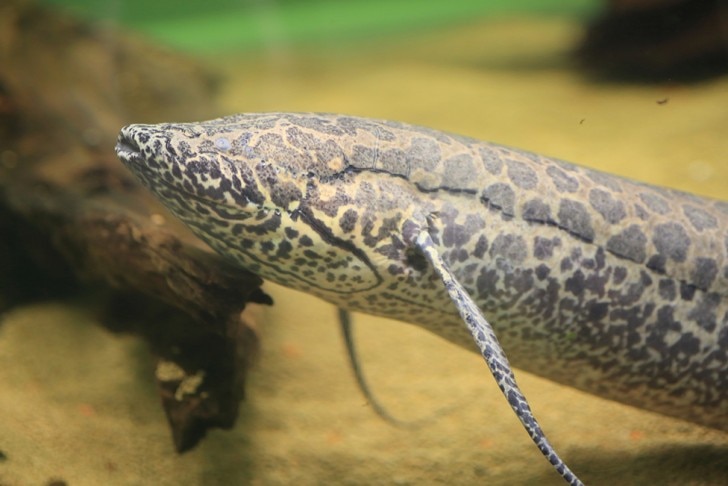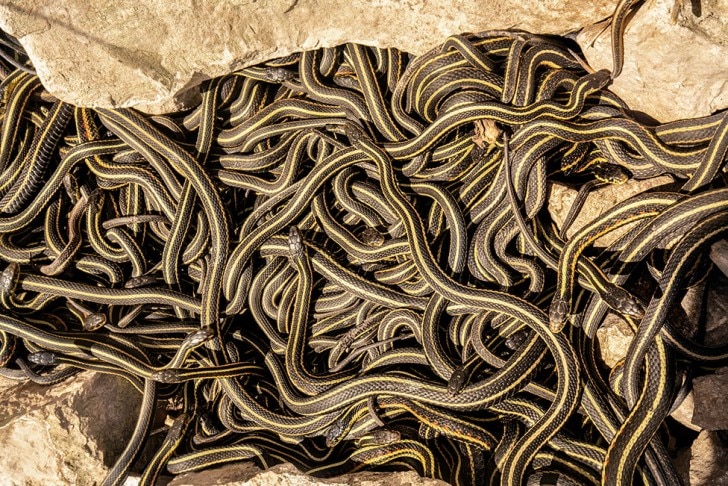BBC Earth newsletter
BBC Earth delivered direct to your inbox
Sign up to receive news, updates and exclusives from BBC Earth and related content from BBC Studios by email.
A Perfect Planet
What epic adaptations have occurred from too much sun vs not enough?
As anyone who has ever nodded off at the beach will know, too much sun can be painful. Exposure to sunlight for too long can lead to painful skin-scolding and a comical lobster-like complexion. But how do animals, living in extreme weather conditions, cope with harmful solar rays? And what do creatures do when there’s no sun at all?

For many creatures, thick hides or fur can help to create a barrier between their skin and the powerful ultraviolet (UV) rays of the Sun. But some creatures are also able to produce a natural sunscreen from their own cells, using a compound called gadusol. So far, only the zebrafish has been proven to use this substance to specifically avoid sun damage, even though most vertebrates (excluding mammals) are able to produce it. Mammals have taken a different route to protect themselves. As giraffes expose their tongues all day while they feed on high branches, they’ve evolved more melanin in that area, which makes their tongues appear darker. While hippos, whose skin is very sensitive to drying and sunburn, secrete a scarlet liquid that resembles blood, known as “blood sweat”. This substance is made up of two pigments, one red, one orange, formed by amino acids that block UV rays and also acts as an antibiotic.

Whether exposed to extreme heat or extreme cold, frogs have managed to master pretty much every seemingly uninhabitable environment on the planet. They not only hibernate during cold months but also enter a dormant state called aestivation during overly hot or dry times. They even manage to sleep though freezing conditions that would quickly kill a lesser creature. Wood frogs use glucose as a type of anti-freeze, which protects their internal organs from the cold as they enter a sort of suspended animation. Other hardy creatures use this method of survival, known as “supercooling”, including the Alaskan darkling beetle and the winter stonefly. And the antifreeze proteins of a fish known as the ocean pout are so successful, they’re used to prevent ice crystals forming on low fat ice cream.

One necessary resource that is scarce in the extreme, sun-drenched heat of arid environments such as deserts, is water. It’s integral to life, but some animals have developed adaptions to access moisture by using some pretty clever methods. Desert tortoises store water in their bladders which they can extract when dry conditions prevail, while the Australian water-holding frog holds water in its gills. Desert spadefoot toads bury themselves underground, wrapped in a mucus membrane to keep hydrated, while the African lungfish, that usually lives in shallow water, transforms into an air breathing land-dweller if the water dries up.

Cold blooded creatures, such as reptiles, rely on the heat of the sun to regulate their body temperature via a process known as heterothermia. But how can they cope when the temperature drops rapidly during the winter months? Many reptiles enter a type of torpor phase known as brumation, where they slow down considerably to conserve energy. Garter snakes keep warm during these periods by hibernating en masse, in large, communal sites called hibernacula (which can be a little alarming if you happen to stumble across one). And to warm up after hibernation, sneaky male garter snakes have been known to imitate females to attract the attention - and the body heat - of suitors. Ladybirds also spend winter in large colonies and huddle together to share warmth to avoid freezing. Failing that, they hide themselves away in cracks and crevices, as well as in the bark of evergreen trees.

But how do warm-blooded creatures survive in some of the harshest conditions on the planet, where very little sunlight reaches them? The Arctic fox is perfectly adapted to survive temperatures that can plummet to -50°C (-58°F). Their smaller legs, necks and ears ensure there is less surface area to lose body heat through. Their paws are covered in fur to provide insulation and grip on icy surfaces, while their thick tails can be used as a makeshift draught excluder, wrapping around their bodies when the icy wind whips. And their luxuriant thick coat provides warmth, but also camouflage from predators, changing colour with the seasons. Meanwhile their neighbours, the arctic ground squirrel, avoids the worst of the winter weather by hibernating in burrows and allowing their body temperature to drop as low as -2.9°C (26.8°F), the lowest measured in a mammal.
Featured image © HPS-Digitalstudio | Getty